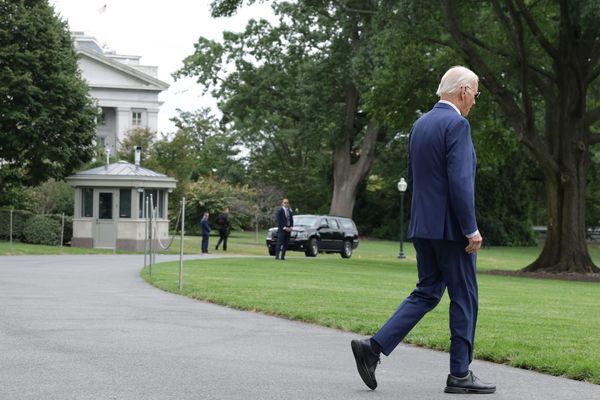
We all know the adage: never write down anything you don’t wish to see on the front page.
That’s something I certainly took to heart during my fleeting (and extremely unpleasant) time as a political staffer 20 years ago. It’s something I still chant to myself as a journalism academic, having watched academic colleagues’ throwaway lines end up gracing news pages.
But should Brittany Higgins’ personal diary entries, provided to police as part of an investigation, end up in the paper? The old tabloid journalist in me has to say: “Hell yes!” There’s clearly huge public interest in the case, and there’s nothing against the law in printing evidence from a court case when a reporter can get access to it.
The piece in The Weekend Australian was clearly throwing shade on Higgins from the outset with its original headline: “Doubts, devastation and a designer coat: the story you haven’t heard, today details Ms Higgins’ diary notes”.
Some of the diary entries are certainly illuminating for those interested in studying power. It’s astounding to read who Higgins was dining with and when, in the context of an ongoing police investigation. It’s also an insight into the celebrity that can come from a supportive media gaze. She was out — a lot — having meals with high-profile journalists, and twice with former prime minister Malcolm Turnbull. Part of me wants to say, “Good on you”, and the other is saying, “OMG, really?”
But despite the clear public interest in the story, there’s also a strong and compelling reason for Higgins to be taking a complaint to the Australian Press Council — because, as we say, context is everything.
Higgins has been subjected to an ongoing smear campaign. This is the reason, or the context, that the Press Council should support a ruling against The Australian. Higgins says she was not offered an opportunity to respond to the story, and if that’s the case, a ruling against the paper would follow the precedent set by recent Press Council cases.
But there are other points to discuss in the campaign against Higgins. First, the diary entries, according to Higgins, were never presented in court, and one would presume they weren’t therefore available to journalists. They must have been leaked by either the prosecutor or defence teams. In either case, we must ask: why? Who does the leak service? I’d like a bit of transparency.
Second, anyone who has paid even scant attention to the case knows that at the time of the incident, before the media anointed Higgins as one of the faces of the #MeToo movement, she was almost completely without power. Today there’s not much she can do but tweet, as she did on the weekend:
Stop publishing the private contents of my phone. I took a photo of an old page in my diary on the 7th of July 2021. It is now being referenced in an article in The Australian. This is the third time private images, texts and WhatsApps from my phone have been published by this particular news outlet. I voluntarily provided this material to the police to help them form the brief of evidence and none of it was tabled in court. Therefore, no journalist should have seen the photo of my diary.
Anyone who works, or has worked, within any kind of political system knows that Higgins and every other woman working in Parliament deserves better than being targeted like this.
Sex discrimination commissioner Kate Jenkins has made some important recommendations for safe and respectful work environments to clean up the toxic culture of Parliament House. But if that’s going to work, every person who works in the corridors of power, including the media, needs to play their part in building that supportive culture, and start treating people with respect.
A simple act of giving a right of reply is a good place to start.
Should the Australian Press Council follow this up? Let us know by writing to letters@crikey.com.au. Please include your full name to be considered for publication. We reserve the right to edit for length and clarity







